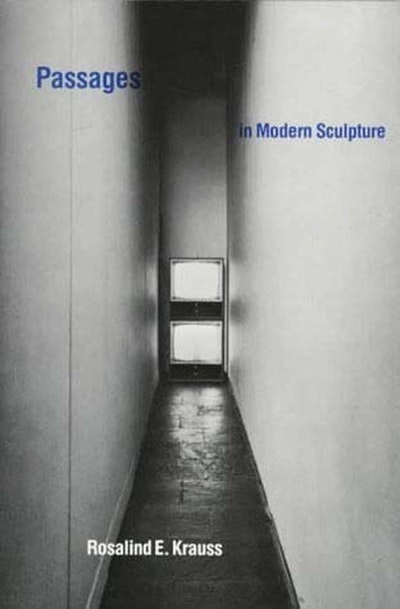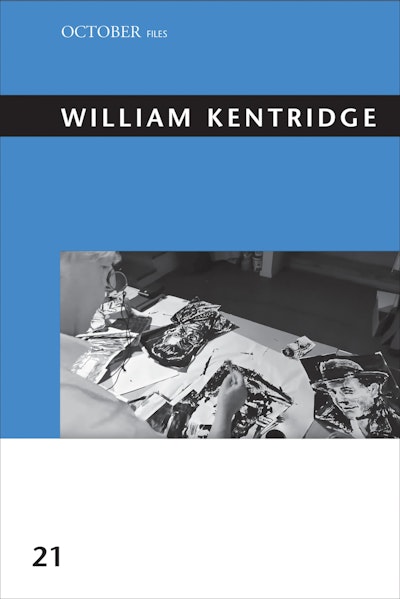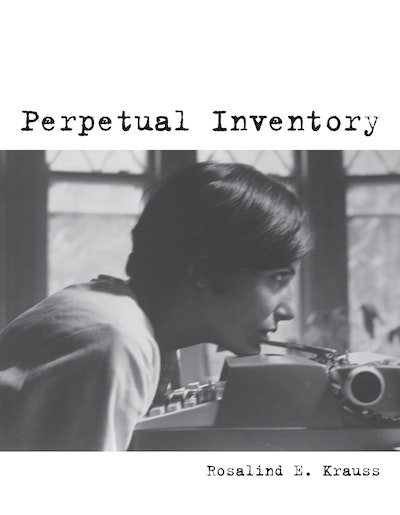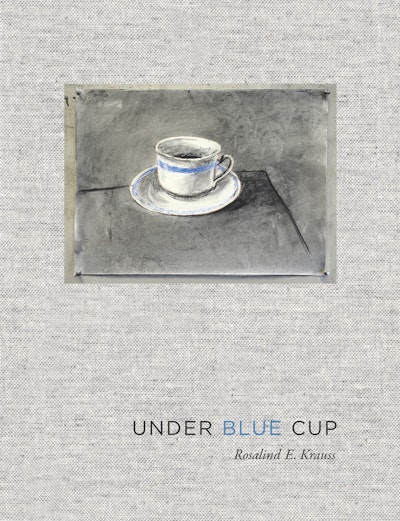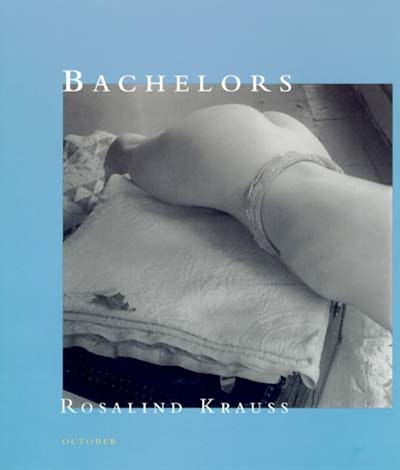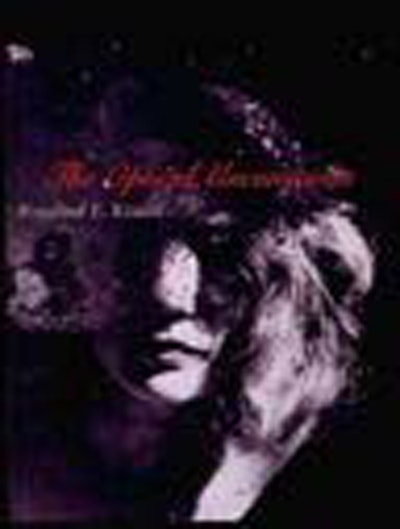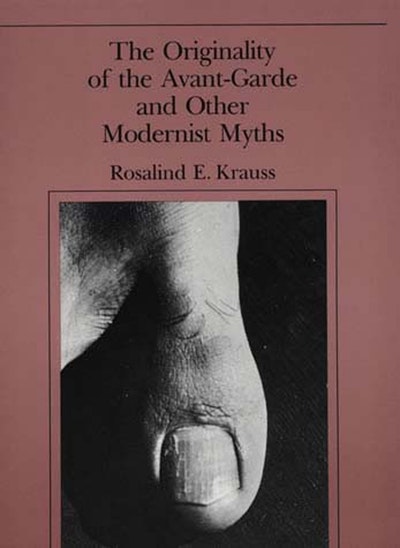[]
- Published: 26 February 1981
- ISBN: 9780262610339
- Imprint: MIT Press
- Format: Paperback
- Pages: 320
- RRP: $95.00
Passages in Modern Sculpture
Buy from…
- Published: 26 February 1981
- ISBN: 9780262610339
- Imprint: MIT Press
- Format: Paperback
- Pages: 320
- RRP: $95.00
